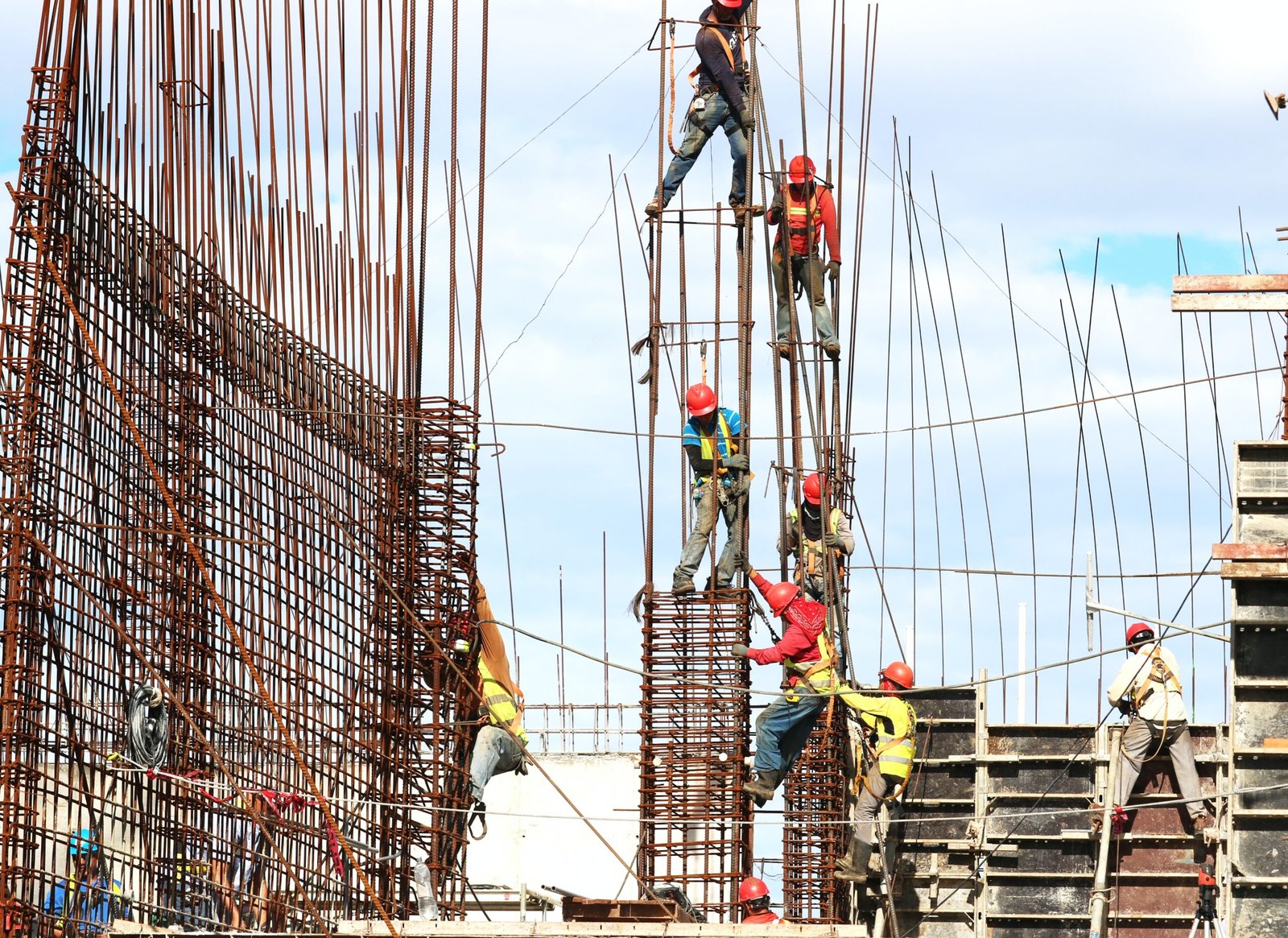When it comes to construction, renovation, or any home improvement project, safety should always be the top priority. These types of projects often involve heavy machinery, hazardous materials, and potential risks. By following essential safety measures and taking necessary precautions, you can ensure the well-being of everyone involved and minimize the chances of accidents or injuries.
1. Conduct a thorough risk assessment
Before starting any project, it’s crucial to conduct a comprehensive risk assessment. Identify potential hazards and evaluate the risks associated with them. This includes assessing the structural integrity of the site, identifying electrical and plumbing hazards, and determining the presence of harmful substances such as asbestos or lead.
2. Provide proper safety training
Ensure that all workers and contractors on the site have received appropriate safety training. This includes training on the proper use of tools and equipment, handling hazardous materials, and following safety protocols. Regular refresher courses should be conducted to keep everyone up to date with the latest safety practices.
3. Use personal protective equipment (PPE)
Personal protective equipment is essential for safeguarding workers from potential hazards. This includes items such as hard hats, safety goggles, gloves, and steel-toed boots. Make it mandatory for everyone on the site to wear the appropriate PPE at all times. Regularly inspect and replace damaged or worn-out equipment.
4. Implement proper signage and barricades
Clearly mark hazardous areas and potential dangers with appropriate signage. Use barricades or barriers to restrict access to these areas. This will help prevent accidental entry and ensure that everyone is aware of potential risks.
5. Maintain a clean and organized work environment
A cluttered and disorganized work environment can increase the risk of accidents. Keep the site clean and free from debris, tools, and equipment that are not in use. Properly store materials and equipment in designated areas to avoid tripping hazards or falling objects.
6. Regularly inspect tools and equipment
Regularly inspect and maintain all tools and equipment used on the site. Ensure that they are in good working condition and meet safety standards. Faulty or malfunctioning equipment should be immediately repaired or replaced to prevent accidents.
7. Follow proper electrical safety procedures
Electrical hazards are common on construction and renovation sites. Ensure that all electrical work is carried out by qualified professionals. Use proper grounding techniques, install ground fault circuit interrupters (GFCIs), and regularly inspect electrical systems to prevent electrical shocks and fires.
8. Handle hazardous materials with care
If your project involves working with hazardous materials such as asbestos, lead, or chemicals, take the necessary precautions. Follow proper handling, storage, and disposal procedures as per the regulations and guidelines. Provide workers with appropriate training and protective gear to minimize exposure.
9. Have a first aid kit readily available
Accidents can happen even with the best safety measures in place. Ensure that a well-stocked first aid kit is readily available on the site. Train workers on basic first aid procedures and make sure they know the location of the kit.
10. Regularly communicate and reinforce safety protocols
Effective communication is vital for maintaining a safe work environment. Regularly remind workers about safety protocols and encourage them to report any potential hazards or concerns. Conduct safety meetings and toolbox talks to address specific safety issues and reinforce the importance of following safety procedures.
Remember, safety should never be compromised. By prioritizing safety first on construction, renovation, and home improvement sites, you can create a secure and productive environment for everyone involved. Implementing these essential ways and precautions will not only protect lives but also contribute to the successful completion of your project.

Leave a Reply